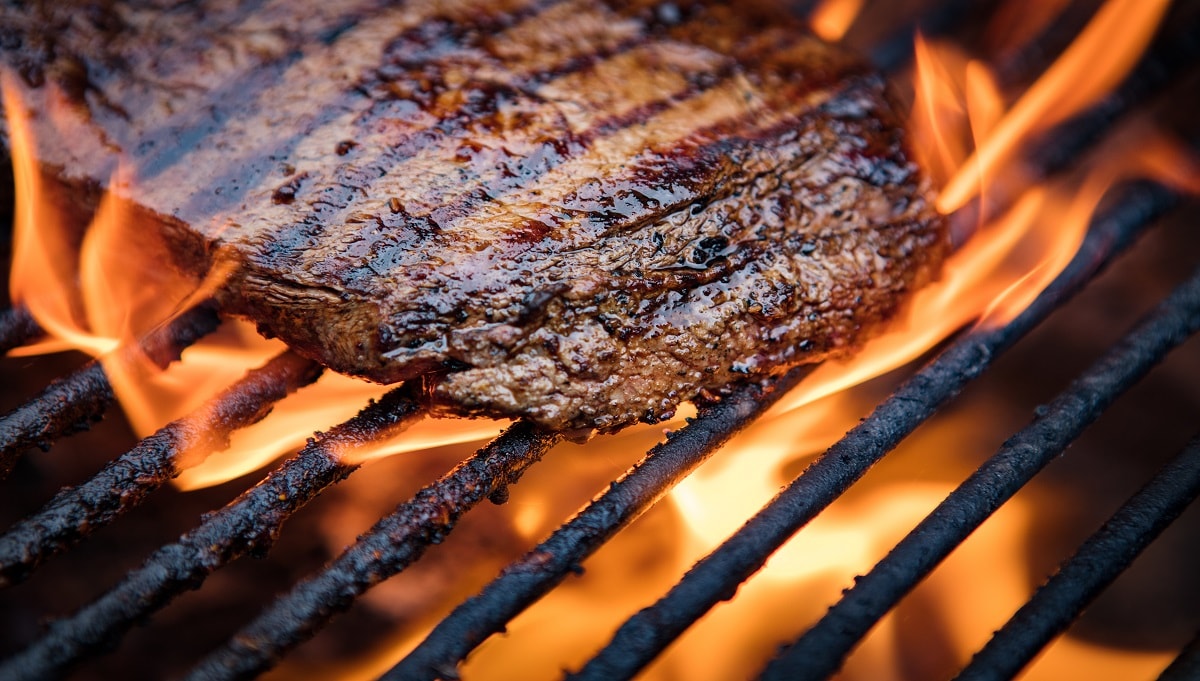Barbecue and grill culture is alive and kicking in the UK, and cooking with wood is at the forefront of this revolution. Although this may be the case for chefs on the high street, for those of us with only entry-level experience, cooking with wood can seem a daunting task. We’re going to run through the relative advantages and disadvantages of cooking with wood in order to answer everyone's burning question - is it even worth the hassle?
Advantages
- Free from chemicals
The first benefit of cooking with wood is that it’s free from chemicals. Obviously, wood is a natural fuel source, meaning that it does not require any foreign chemicals in order to supply heat. Cooking your food with a clean flame has evident health benefits, making wood a good candidate for the job.
- Enhanced flavour
Infusing you food with aromatic smoke is the main attraction of cooking with wood. This flavour enhancement comes from the cell structure of the wood which contains nutrients taken up from the ground. Refined fuel sources do not have this cell structure, meaning that they do not contain all the impurities of wood which hold all the flavour.
- Variety
The final advantage of cooking with wood is the sheer variety of options. All different types of wood produce a distinct and unique flavour, allowing chefs to pair them with various foods based on their relative qualities. For example, when burned, Hickory produces a sweet and intense flavour that is best paired with pork and ribs. Alderwood, in contrast, produces a subtle and delicate flavour, making it a better match for smoking salmon or cooking other types of fish. Click here for further info on matching smoking woods with food types.
Disadvantages
- Takes longer
There is definitely no shortcuts when cooking with wood. You must wait until your firewood has morphed from a roaring flame to glowing embers before attempting to cook something. If not, it will result in a cremation of sorts. This style of cooking requires patience, some TLC and a lot of wood.
- Harder to a manage
If you think that achieving glowing embers is the end of your problems, then you are sadly mistaken. Obviously, managing temperature is an integral part of cooking and this is a lot harder to do with wood, unfortunately. The embers lose heat at a much faster rate than regular artificial fuel products, thus increasing the likelihood of undercooking. This risk can be offset by using A LOT of firewood with good heat output and a long burn time.
- Strong flavour
Cooking with wood is a double-edged sword. Even though infusing your food with aromatic smoke is one of its main attractions, it can also be one of its downfalls. Maybe you are trying to prepare a dish with delicate flavours that does not warrant a strong, smokey element. If so, refrain from using wood altogether and try out a smokeless fuel product, for example. Alternatively, use a wood with similar delicate flavours, such as apple or maplewood.
In conclusion, cooking with wood is best suited to those of us who are in it for the long haul, willing to spend the time tending a fire in order to achieve maximum taste. If you fit this description, have a look at our kiln dried wood products which are perfect for cooking.
If you don’t, click here to check out our other fuel products that can save you time and hassle.


